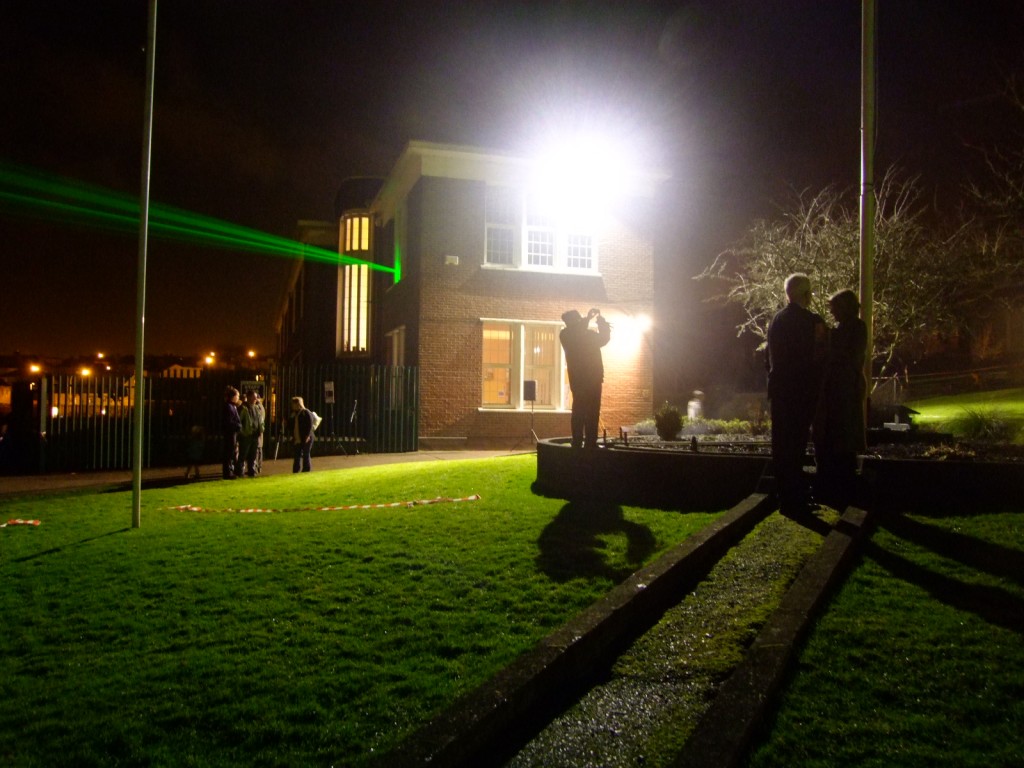
Kieran’s Our City, Our Town Article
Cork Independent, 19 January 2012
Technical Memories (Part 2)
Educating a Modern Nation
Between the years 1901 and 1908, classes in science and commercial subjects were held in three centres in Cork. The Crawford School of Art was the first. The second centre was in the Model Schools on Anglesea Street, and the third was at 13 Union Quay.
At the second centre in the Model Schools in Anglesea Street, permission was given in 1902 by the Commissioners of National Education to use six rooms in order to enable the Cork Technical Instruction committee to hold practical classes in engineering and also some building classes. In a large house at 13 Union Quay, purchased by the committee, classes were held in plumbing, carpentry, engineering theory and drawing office work, and in music.
Apart from classes in art and music, in the 1901-02 session the records show that 29 classes in science and commerce were under the Cork’s committee’s control. In the 1905-06 session the number had risen to 88 classes with 711 individual students, which highlights the development of work subsequent to the opening of new rooms. In 1908, the commercial classes were transferred to a School of Commerce in the South Mall.
Funding for national technical instruction schemes in the year 1902 amounted to £2,818 19s. 8d. and by the year 1911, the figure was £27,066. The funding coincided with the rapid rise in interest and demand for technical education. However as the 1911 reported, the amount of funding required to meet the demand was much higher and classes for many years in all forms of technical instruction were carried out in many Irish locations, like in Cork, where premises, in general, were not purpose built to host classes. The report noted (p.307):
“With the rapid increase in the number of students attending these schools and the steady progress towards higher and higher efficiency of the teaching in them, the inconvenience of temporary buildings began to be acutely felt. All classes of buildings were employed to meet the need. In one place a fever hospital, in another a disused jail, in others disused chapels were adapted, while in one case a technical school is to be found underneath a large water tank, which supplies the town with water. In many cases private houses have been pressed into the service. In rural districts, the case is worse still”.
Through the Technical Instruction Act of 1899, an outreach programme for secondary schools was also planned. This led to the drafting of a programme of experimental science and drawing suitable for secondary schools, including the subject of manual instruction for boys’ schools and the subject of domestic economy for girls’ schools.
During the 1900-1 session, there were three schools in Munster carrying on practical science classes: two at the Christian Brothers’ Schools in Cork City (through Brother Dominic Burke), and one at Waterpark College, Waterford. By 1902, there were 38 schools running classes. In these schools, about 1,400 pupils devoted three hours per week to science, and one hour per week to drawing; 350 pupils gave, in addition, two hours per week to manual instruction, and twenty pupils gave an additional period to household economy. Seventeen schools received financial aid from their local authorities and many others were promised assistance. Of the 38 schools, only twenty, up to 1902 were able to equip really satisfactory laboratories. During the 1901-02 school session, practical science in six schools had to be carried out on temporary benches in rooms where curtains were used to separate other classes from the science classes. In five other schools the rooms were too over crowded, or fitted with unsatisfactory makeshift tables. In a report in 1911 on “A Decade of Technical Instruction in Ireland”, it was noted that grants were allocated amounting to a total of £25,000 for the equipment of laboratories. Schools themselves provided very large sums for building purposes, and some grants were made from the funds of local authorities.
The question of the training of teachers in science was also a difficult matter, but summer training courses were established in the principal settlements in Ireland. They were held annually in the months of July and August and extended over a period of nearly one month. They were held in the Royal College of Science, the Metropolitan School of Art and elsewhere. Courses were also held in a number of convents, where, in order to meet the needs of the members of enclosed orders, classes were organised consisting of nuns from different convents. Written and practical examinations were held at the end of the summer courses and recognition extended to teachers as appropriate. Permanent recognition was not given in a subject until the teacher-student had attended and passed the examinations of five summer courses.
Courses were also held in rural science and school gardening, in hygiene and home nursing, in office routine and business methods, and in manual work, building construction and other relating building work. In national courses held in 1911, 621 teachers attended whilst the number of special instructors numbered 88. The Department’s teachers of domestic economy were taught in the Irish Training School of Domestic Economy in Stillorgan Dublin.
To be continued…
Caption:
624a. North Monastery Laser Show, January 2011 (picture: Kieran McCarthy)